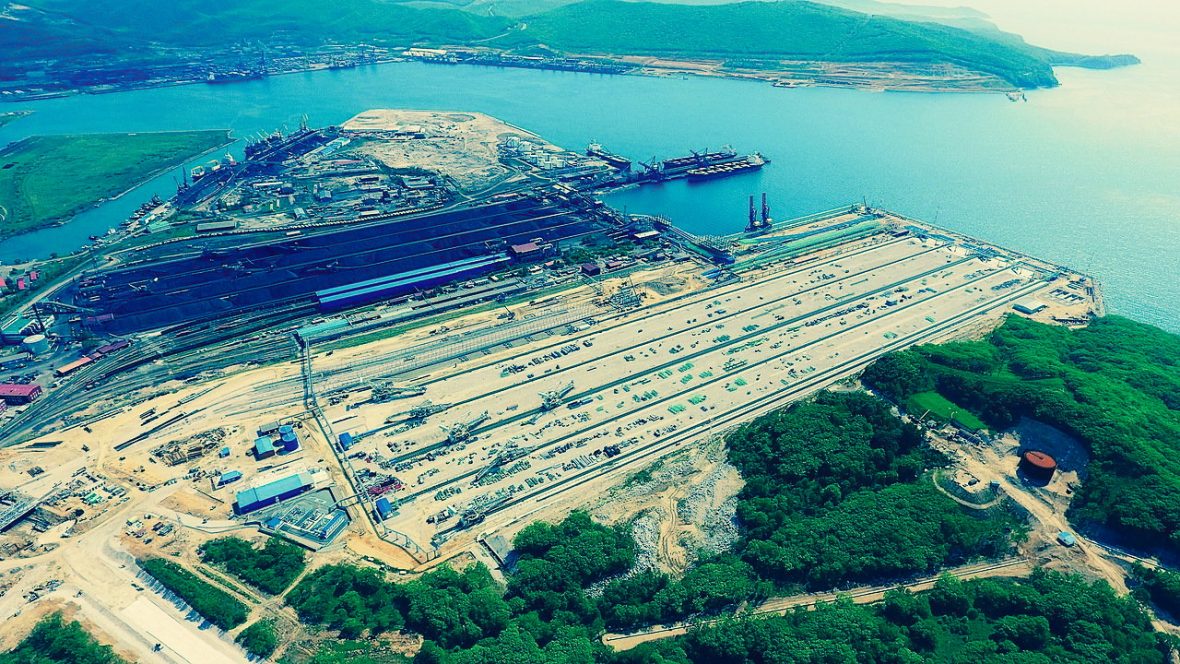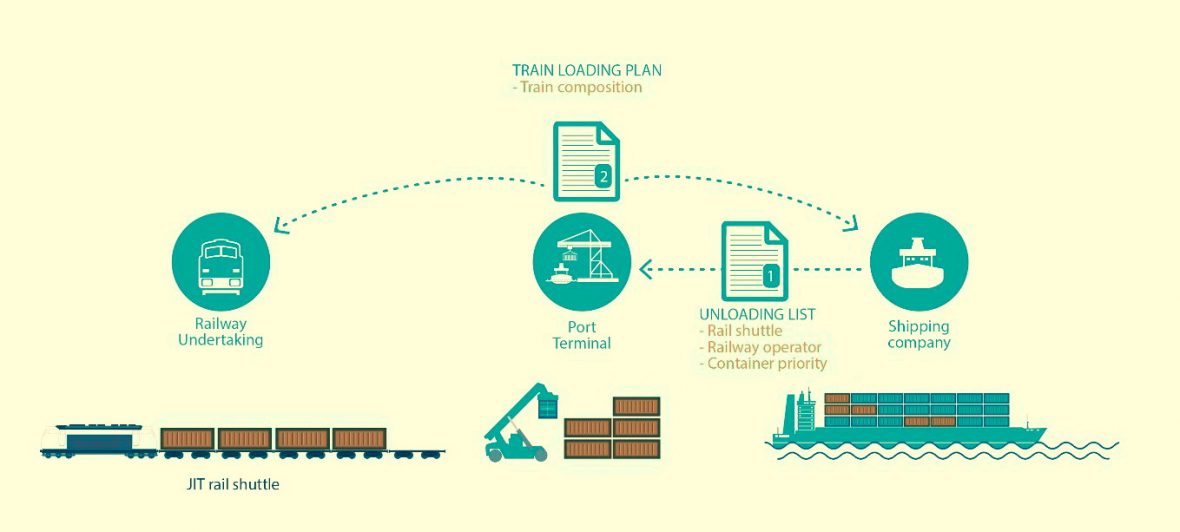Ports and Terminals: Definition and Classifications

Overview of Port & Terminal Definitions
The ports are of exceptional significance to a nation, as they provide employment and promote trade. The ports are governed by a strict legal framework.
A port, a maritime facility attached to an ocean, sea, or river, is a transportation term to define a point of convergence for seaside and inland transportation networks, as well as between domains of freight circulation as they maintain export and import. The ports, a clear example of intermodality, serve as a link between the sea and the land.
Terminal
A port terminal is a multifunctional logistics facility that provides a comprehensive range of services for processing containerized and general cargo. A port may have one or many terminals, depending on the size, regional market, and throughput of the port.
World Classifications of Ports

Ports are globally categorized into various types based on certain factors, such as location, depth, function, and ship sizes. The following are some of the most common types:
- Seaports, which are further categorized as follows:
- Cruise Ports.
- Cargo Ports.
- Inland Ports.
- Warm Water Ports.
- Dry Ports.
- Fishing Ports.
Specifications of the Russian Seaports

Russia has the world’s fourth-longest coastline (37,650 kilometers), which is divided between the Atlantic, Arctic, and Pacific Oceans. As such, Russia’s ports belong to five distinct basins:
- the Far East (Pacific coast)
- Azov and the Black Sea
- the Baltic Sea
- the Caspian Sea
- the Arctic.
Most of Russia’s major ports primarily operate to serve the nation’s significant foreign trade. The Far East and the Arctic ports mostly support the fishing sector; ports in the Pacific, Arctic, and Caspian basins serve the offshore industries. Ports like Saint Petersburg and Sochi are popular harbors for cruise ships.
Business Models for Ports and Terminals

In an effort to boost efficiency of a port and increase its throughput capacity, the goals of sustainable development—promoting inclusive industrialization, building resilient infrastructure, and supporting innovation—are set and achieved through the creation of a specific business model. When developing the business model for ports and terminals, both the operations and the environment in which a port exists or will operate are to be considered.
To improve the competitive position of a trade port, it is advised to monitor the port business model using quality indicators in correlation with the port management activities. Port selection criteria (proximity of the port, its equipment, overload, security, internal freight rates, port charges, intermodal connections, customs clearance), and port service criteria (warehousing; consolidation services; accommodation for containers; sorting platforms; heavy lifting services; road and rail services; tracking systems; capability of processing bulk cargoes; available storage in cooling conditions) determine the assessment of the port competitive positions.
The World Bank classifies port governance into four business models: public service port, tool port, landlord port, and private port. The landlord port model has become the prevailing model of port governance.
Characteristics of an Average Modern Terminal
A modern port terminal is defined by four essential elements:
- Maritime access, which determines the physical ability of the terminal to accommodate ship operations.
- Maritime interface, which indicates how much space is available to enable maritime operations.
- Infrastructures and equipment, such as basins, piers, warehouses, storage or stacking facilities, cranes should be in place to conduct operations
- Access to land. The port terminal’s proximity to industrial complexes and marketplaces ensures its relevance and growth.
WRAPPING UP
CREDO TRANS work with the world’s busiest seaports and the major freight terminals. We have exclusive access to a vast network of Russia’s busiest seaports and inland waterways. Our company conducts maritime transportation of goods on 27 routes, employing the infrastructure of all the terminals at the seaports of Novorossiysk, St. Petersburg, Bronka, and Ust-Luga through our representative offices.


